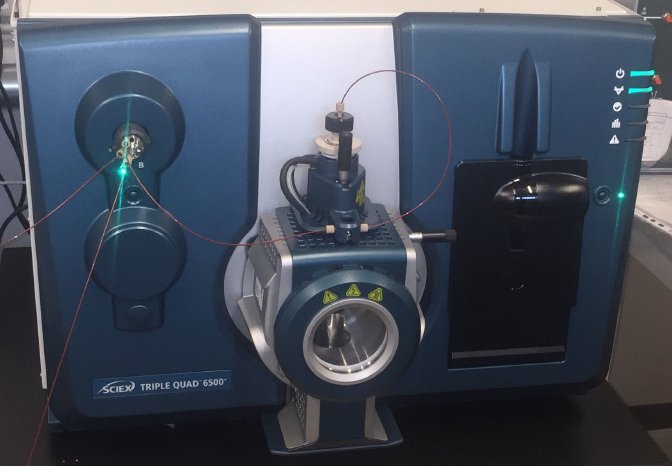Article 2 of Regulation (EC) 1831/2003 defines feed additives as "substances, micro-organisms or preparations, other than feed materials and premixtures, which are intentionally added to feed or water in order to perform, in particular, one or more of the functions mentioned in Article 5, par. 3". This regulation establishes a common procedure for their authorisation, placement on the market, labelling and utilisation. EFSA has, as in other areas, the task of scientifically verifying the absence of harmful effects on human, animal and environmental safety.
Colorants belong to the category of organoleptic additives and are identified by a letter E indicating their approval by the European Union followed by a 3-digit number. Their use, where permitted, is intended to improve the quality of feed and food of animal origin or to obtain health and performance benefits for animals, i.e. by providing greater digestibility of feed materials. Here is a table with a list of some additives, their E-code, their classification and application in the feed industry.
As much as the colour of the food one buys is one of the most influential factors for consumers, feed companies and food manufacturers have to tightly regulate this aspect. There is an increasing focus on the quality of the feed given to livestock and on checking compliance by means of self-monitoring activities. This creates the need to verify the absence of synthetic colorants.
Laemmegroup developed a method for the quantitative determination of all the colorants listed in the table. The analytical protocol involves extracting the sample with an organic mixture and purifying it by SPE. This is followed by analysis in HPLC-MS/MS. LOQ 0.50 mg/kg.
About Laemmegroup
Laemmegroup is a service company with laboratories specialising in the analysis of food, feed and water for human consumption. Using the most up-to-date technologies, it performs analyses for all sectors of agro-food production




